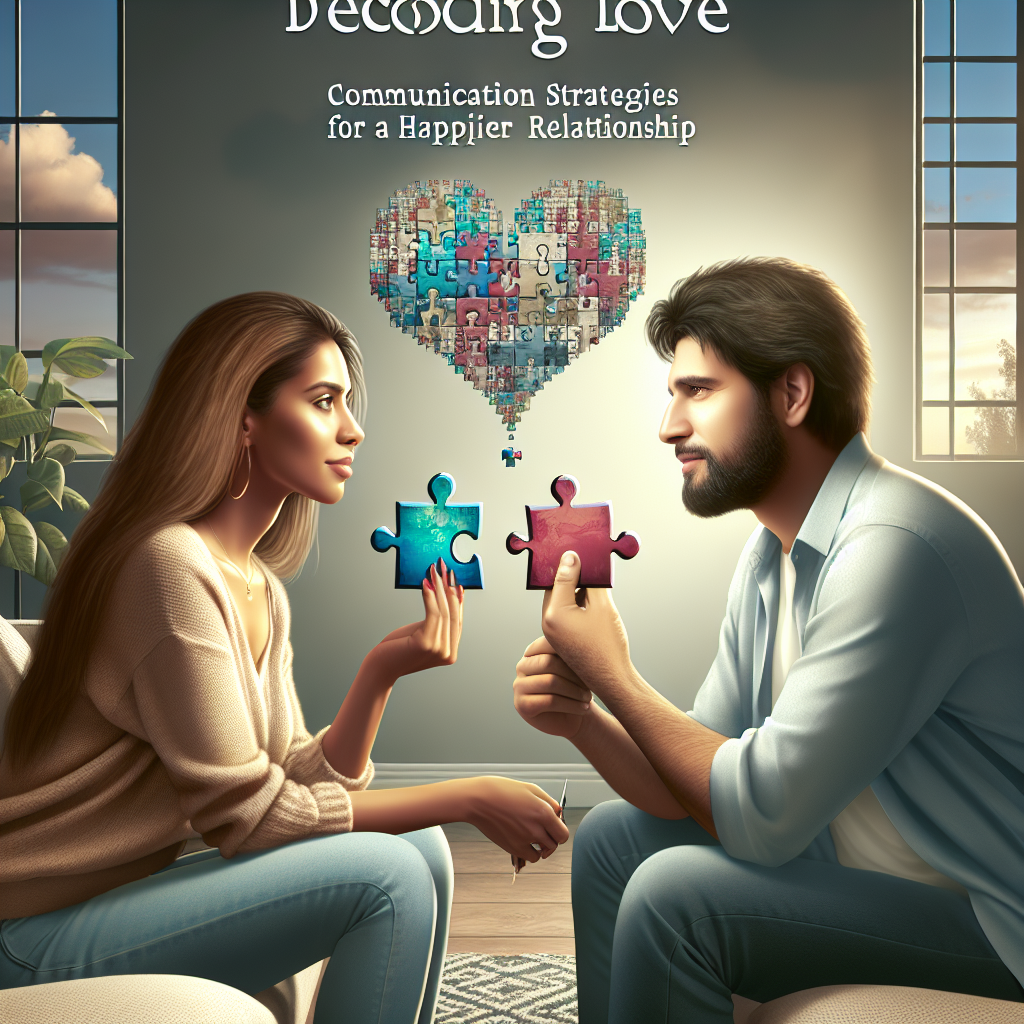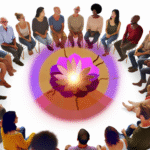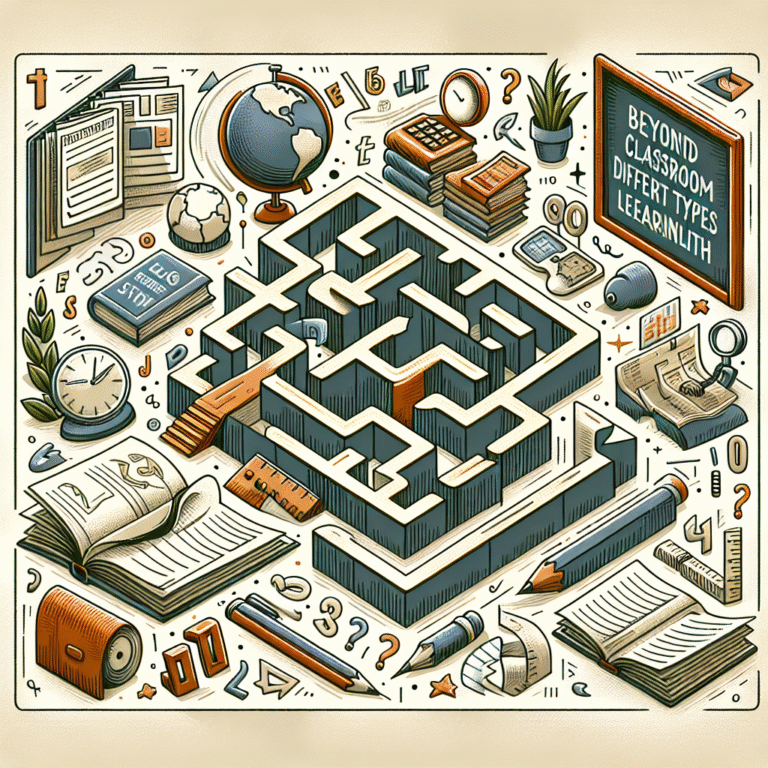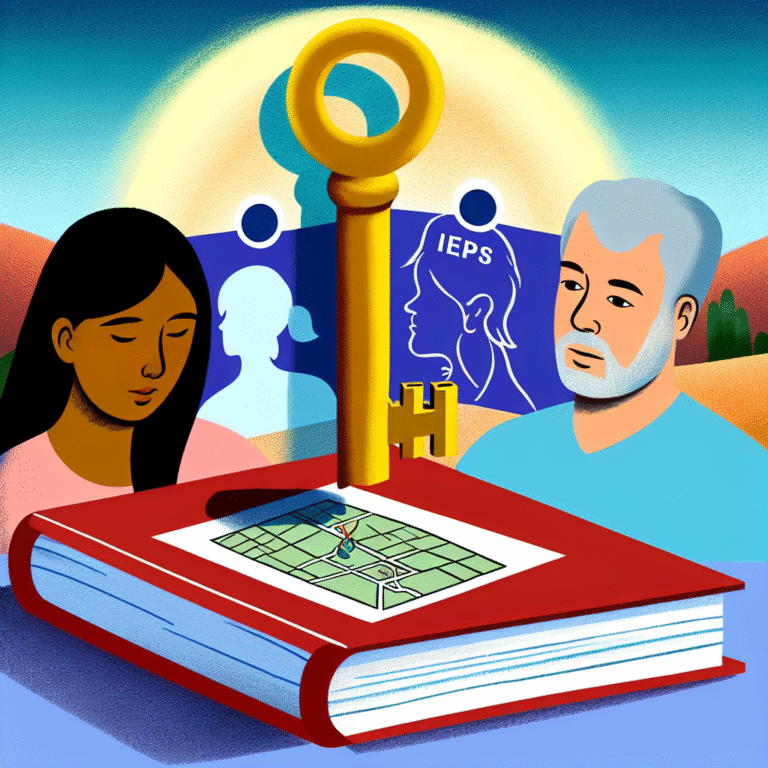
Decoding Love: Essential Communication Strategies for a Happier Relationship
Introduction
Love is an intricate dance, a beautiful yet often complex interplay of emotions, expectations, and communication. Recognizing that effective communication is the bedrock of any successful relationship is crucial. But how do we decode love and truly understand what our partner is trying to convey? The answer lies in mastering communication strategies tailored for fostering a happier relationship. In this comprehensive article, we will explore the transformative power of communication, backed by insightful strategies, case studies, and actionable tips. By the end, you’ll be equipped with a toolkit for decoding love that will enhance your relationship’s dynamics and create deeper connections.
Understanding the Essence of Communication in Love
The Role of Communication in Relationships
Communication is often termed the "oxygen" of relationships; without it, love cannot thrive. Effective communication not only facilitates understanding but also builds intimacy, trust, and emotional security. However, it’s not just about talking — it’s about how we convey and interpret messages. Misunderstandings can lead to conflict, dissatisfaction, and even heartbreak.
Common Communication Barriers
Recognizing barriers that hinder effective communication is essential. Some prevalent issues include:
- Assumptions: Believing we know what our partner is thinking can lead to unnecessary conflicts.
- Emotional Baggage: Past experiences can color our perceptions and reactions in current relationships.
- Cultural Differences: Varied backgrounds may influence communication styles and interpretations.
By identifying these barriers, couples can work together to create a healthier communication environment.
Communication Strategies for Decoding Love
1. Active Listening
Active listening is an essential skill for decoding love. It involves not only hearing the words but understanding the feelings behind them.
Tips for Active Listening:
- Maintain eye contact to show engagement.
- Use reflective responses, such as, "What I hear you saying is…"
- Avoid interrupting; let your partner finish before responding.
Case Study: Clearer Conversations
Consider the case of Sara and Dave. Sara felt ignored because Dave often checked his phone while she spoke. When they decided to practice active listening, their conversations became more fulfilling. Sara no longer felt dismissed, and Dave felt more connected to her thoughts and feelings.
2. Non-Verbal Communication
Words are only part of the conversation. Non-verbal cues, like body language, facial expressions, and tone of voice, are equally critical.
Key Elements of Non-Verbal Communication:
- Body Language: Open posture indicates receptiveness.
- Facial Expressions: Smiles and frowns convey emotions that words may not.
- Tone of Voice: The way something is said can change its meaning entirely.
Analysis of Non-Verbal Misinterpretations
Imagine a scenario where Lucy shares a stressful workday story, and Max’s indifferent posture makes her feel unheard. This non-verbal cue can lead to feelings of disconnection. By being mindful of each other’s non-verbal signals, couples can foster a deeper sense of empathy and understanding.
3. Expressing Gratitude
Gratitude is a powerful communication tool in relationships. Regularly expressing appreciation fosters positive feelings and encourages more open communication.
Practical Ways to Show Gratitude:
- Daily affirmations: A simple "thank you" can go a long way.
- Small, thoughtful gestures: Leave a note or surprise your partner with their favorite treat.
Case Study: The Power of Gratitude
In a study involving couples, those who regularly expressed gratitude reported higher levels of satisfaction and emotional intimacy. For instance, when Tom started leaving notes of appreciation for Anna’s support, their daily interactions became more positive.
4. Addressing Conflict with Care
Conflict is inevitable in any relationship, but how you handle it can either strengthen or weaken your bond.
Strategies for Conflict Resolution:
- Use "I" statements rather than "you" statements (e.g., "I feel neglected when you…")
- Take breaks to cool down if emotions run high.
- Focus on the issue, not the person.
Analysis of a Conflict Resolution Scenario
Take Sam and Jess, who frequently argued over household chores. By using "I" statements and addressing the task rather than each other, they reached a compromise, leading to a more collaborative environment. The shift in approach enabled them to maintain respect even during disagreements.
5. Setting Boundaries
Healthy boundaries are essential for maintaining respect and understanding in a relationship. Clearly communicating needs and limits nurtures a supportive environment.
How to Establish Boundaries:
- Discuss personal needs openly.
- Be honest about uncomfortable topics.
- Regularly review and adjust boundaries as the relationship evolves.
Case Study: Boundaries in Love
Casey and Jamie struggled with blending their social lives. After establishing clear boundaries about time spent with friends versus alone time, both felt more respected and balanced. They learned that having space didn’t equate to a lack of love, enhancing their connection.
Enhancing Emotional Intimacy Through Communication
1. Sharing Vulnerability
Vulnerability fosters emotional intimacy and trust. Sharing fears, dreams, and insecurities opens the door to deeper understanding.
2. Regular Check-ins
Conducting regular emotional check-ins can prevent misunderstandings. A simple conversation about feelings ensures both partners are on the same page.
3. Creating a Safe Space
Establish a space where both partners feel safe to share thoughts and feelings without fear of judgment. This nurtures openness.
Conclusion
The journey of decoding love through effective communication strategies involves consistent effort and practice. By engaging in active listening, recognizing non-verbal cues, expressing gratitude, resolving conflicts respectfully, and establishing boundaries, couples can cultivate a deeper connection. Remember, communication is not merely about exchanging words; it’s about connecting hearts. As you apply these strategies, you’ll find that love not only becomes clearer but also flourishes in ways you never thought possible.
FAQs
1. What if my partner is unwilling to communicate openly?
It’s important to discuss the importance of open communication and encourage your partner at their pace. Sometimes, seeking professional guidance can help.
2. How can I improve my non-verbal communication skills?
Practice being aware of your body language and facial expressions. Seek feedback from trusted friends or family members about how you come across.
3. What if we have completely opposite communication styles?
Acknowledge the differences and approach them with curiosity. Discuss your styles openly and find common ground or compromise areas.
4. How often should we have relationship check-ins?
Regular check-ins can be effective; consider scheduling them bi-weekly or monthly to discuss feelings, aspirations, and any emerging concerns.
5. Can communication strategies improve long-distance relationships?
Absolutely. Communication strategies are vital for maintaining emotional connection, especially in long-distance situations. Regular video calls and honest conversations can bridge the gap effectively.
By implementing the strategies discussed in this article, you are taking a significant step towards decoding love and enhancing the overall quality of your relationship. Let love flourish through better communication!















